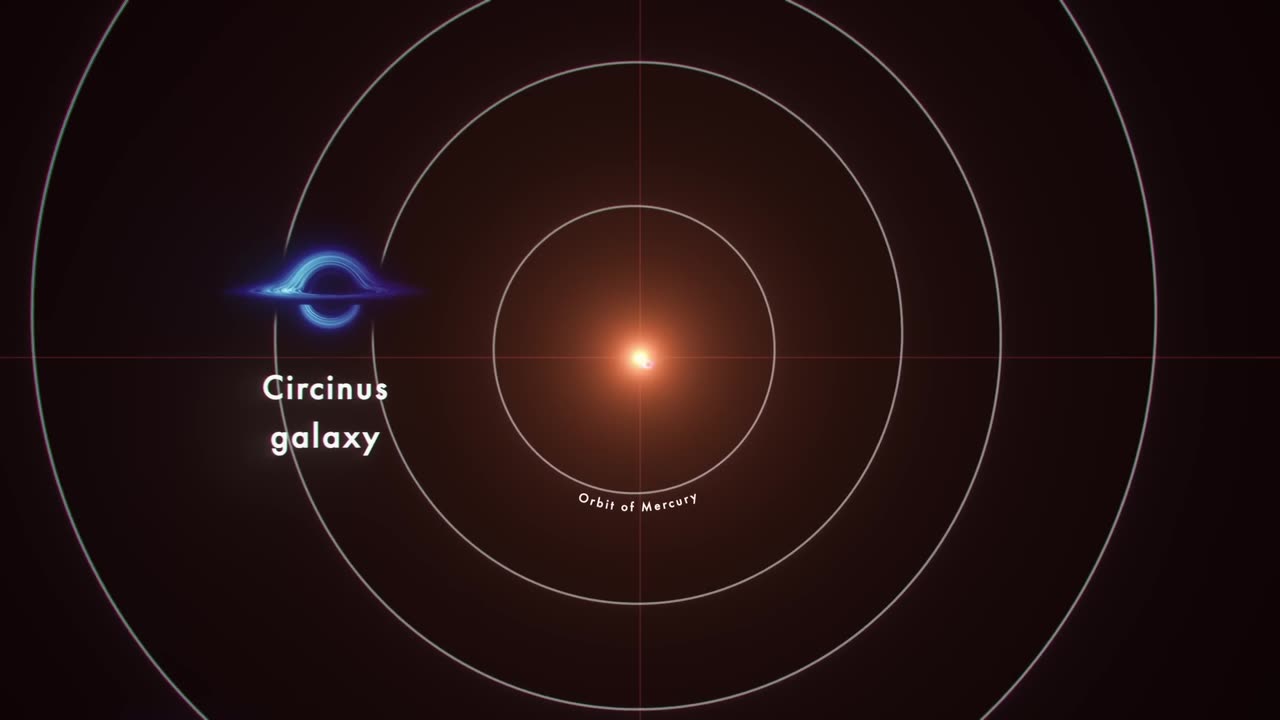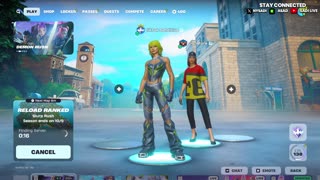Premium Only Content

NASA Animation Sizes Up the Biggest Black Holes
This new NASA animation highlights the “super” in supermassive black holes. These monsters lurk in the centers of most big galaxies, including our own Milky Way, and contain between 100,000 and tens of billions of times more mass than our Sun.
Any light crossing the event horizon – the black hole’s point of no return – becomes trapped forever, and any light passing close to it is redirected by the black hole’s intense gravity. Together, these effects produce a “shadow” about twice the size of the black hole’s actual event horizon.
The animation shows 10 supersized black holes that occupy center stage in their host galaxies, including the Milky Way and M87, scaled by the sizes of their shadows. Starting near the Sun, the camera steadily pulls back to compare ever-larger black holes to different structures in our solar system.
First up is 1601+3113, a dwarf galaxy hosting a black hole packed with the mass of 100,000 Suns. The matter is so compressed that even the black hole’s shadow is smaller than our Sun.
The black hole at the heart of our own galaxy, called Sagittarius A* (pronounced ay-star), boasts the weight of 4.3 million Suns based on long-term tracking of stars in orbit around it. It’s shadow diameter spans about half that of Mercury’s orbit in our solar system.
The animation shows two monster black holes in the galaxy known as NGC 7727. Located about 1,600 light-years apart, one weighs 6 million solar masses and the other more than 150 million Suns. Astronomers say the pair will merge within the next 250 million years.
At the animation’s larger scale lies M87’s black hole, now with a updated mass of 5.4 billion Suns. Its shadow is so big that even a beam of light – traveling at 670 million mph (1 billion kph) – would take about two and a half days to cross it.
The movie ends with TON 618, one of a handful of extremely distant and massive black holes for which astronomers have direct measurements. This behemoth contains more than 60 billion solar masses, and it boasts a shadow so large that a beam of light would take weeks to traverse it.
Music credit: "In the Stars" from Universal Production Music
Credit: NASA's Goddard Space Flight Center Conceptual Image Lab
Lead Producer: Scott Wiessinger (KBRwyle)
Lead Animator: Krystofer Kim (KBRwyle)
Lead Science writer: Francis Reddy (University of Maryland College Park)
Visualizer: Jeremy Schnittman (NASA/GSFC)
Producer: Sophia Roberts (AIMM)
Scientist: Jeremy Schnittman (NASA/GSFC)
This video can be freely shared and downloaded at https://svs.gsfc.nasa.gov/14335. While the video in its entirety can be shared without permission, the music and some individual imagery may have been obtained through permission and may not be excised or remixed in other products. Specific details on such imagery may be found here: https://svs.gsfc.nasa.gov/14335. For more information on NASA’s media guidelines, visit https://nasa.gov/multimedia/guidelines.
-
 LIVE
LIVE
NYSadi
41 minutes ago $0.16 earnedFIRST PARTNERED RUMBLE STREAM 💚 UNREAL RANKED WITH THE BROS 💚 TUNE IN
50 watching -
 17:42
17:42
Nate The Lawyer
1 day ago $2.26 earnedHow A Criminal Illegal Alien Scammed His Way Into A $300k Government Job.
5.36K7 -
 28:46
28:46
DeVory Darkins
13 hours ago $14.38 earnedPritzker HUMILIATED after brutal fact check as Democrat candidate calls for political assassination
16.1K88 -
 19:54
19:54
Forrest Galante
10 hours agoPrivate Tour Of America's Best Marine Animal Facility
28.2K7 -
 9:25
9:25
MattMorseTV
1 day ago $17.63 earnedSupreme Court just DROPPED a NUKE.
26.1K66 -
 13:25
13:25
Nikko Ortiz
1 day agoWorst Karen TikTok Fails
27.2K10 -
 40:24
40:24
The Connect: With Johnny Mitchell
2 days ago $20.74 earnedInside The WORST Drug-Infested Slums Of Medellin, Colombia
68.9K29 -
 4:14
4:14
GritsGG
16 hours ago2 Warzone Easter Eggs! How to Find Them EASILY!
21.4K1 -
 LIVE
LIVE
Lofi Girl
2 years agoSynthwave Radio 🌌 - beats to chill/game to
422 watching -
 1:45:43
1:45:43
Man in America
16 hours agoThe DISTURBING Truth About Parasites — Live Q&A w/ Dr. Jason Dean
88.2K40
